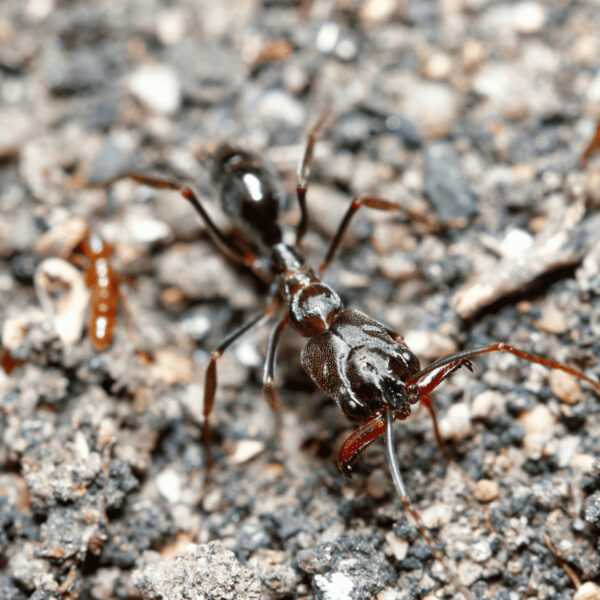Odontomachus brunneus: The Fascinating Ant Colony
Odontomachus brunneus, commonly known as the trap-jaw ant, is a species of ant that belongs to the genus Odontomachus. These ants are intriguing creatures with unique characteristics and behaviors. In this article, we will explore everything you need to know about O. brunneus, from their colony type and size to their habitat preferences and recommended nests for breeding.
Colony Type and Size
O. brunneus colonies have a special characteristic known as polygyny. This means that multiple queens coexist within the colony, allowing for higher productivity and a larger number of workers. The colony size can reach up to 500 individuals. With such a large population, O. brunneus colonies are efficient and well-organized, ensuring the survival and growth of their society.
Development Speed
The development speed of O. brunneus colonies can be described as medium. From the eggs to the adult stage, the ants go through various developmental stages such as larva and pupa. While they are not the fastest in terms of growth, their steady and consistent development ensures the stability and longevity of the colony.
Size and Coloration
The size of O. brunneus ants varies between castes. The queen, which is the reproductive member of the colony, measures around 10-12 mm in length. The workers, responsible for various tasks within the colony, have a slightly smaller size of 10-11 mm. The coloration of O. brunneus ants is predominantly brown, with golden to reddish-brown legs. The combination of these colors gives them a unique and attractive appearance.
Nutrition
Like many other ants, O. brunneus ants are primarily carnivorous, relying on food insects such as cockroaches and crickets for their nutrition. However, they also have a sweet tooth and are known to consume sweet fruits. This diverse diet ensures that the ants receive a balanced nutrition, promoting their overall health and productivity.
Humidity and Temperature Requirements
O. brunneus ants have specific humidity and temperature requirements to thrive. In their arena, which is the foraging area outside the nest, a humidity level of 50-70% is ideal. Inside the nest, they prefer a similar humidity level to create an environment conducive to their growth and reproduction. The temperature in the arena should range between 21-30°C, while in the nest, a slightly warmer temperature of 24-28°C is preferred. Meeting these requirements is essential for the well-being of the ants and the success of their colony.
Species Features
O. brunneus ants are known for their unique nesting habits. They can be found in various habitats, including leaf litter, rotting logs, tree bases, and open to partially covered sandy areas. While they occasionally forage during the day, they are more active at night, making them nocturnal creatures. When their colony is disturbed, O. brunneus workers exhibit non-aggressive behavior and quickly retreat or vacate the nest. This behavior ensures the safety and protection of the colony without engaging in unnecessary conflicts.
Recommended Nests for Breeding
When it comes to breeding O. brunneus ants, it is crucial to provide them with suitable nests that mimic their natural habitat. Recommended nest materials for breeding include acrylic, cork, gypsum, and aerated concrete. These materials provide the ants with a comfortable and secure environment to establish their colony, lay eggs, and raise their brood.
In conclusion, Odontomachus brunneus, or the trap-jaw ant, is a fascinating species with unique characteristics. Their polygynous colonies, medium development speed, and specialized habitat preferences make them intriguing subjects of study. By understanding their needs, such as the ideal humidity and temperature levels, and providing them with suitable nest materials, you can enjoy observing and breeding these ants in a controlled and rewarding environment.
















Reviews
There are no reviews yet.